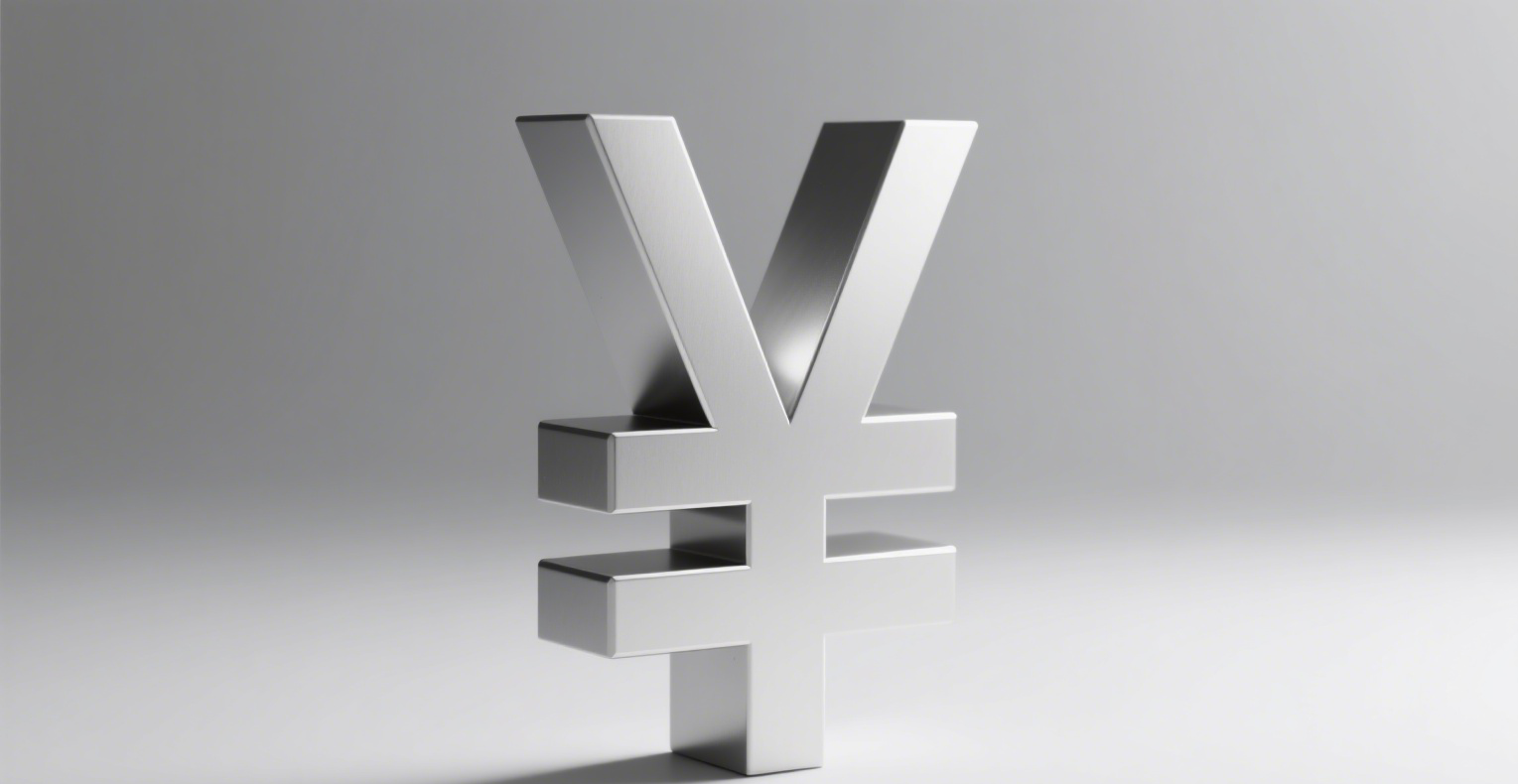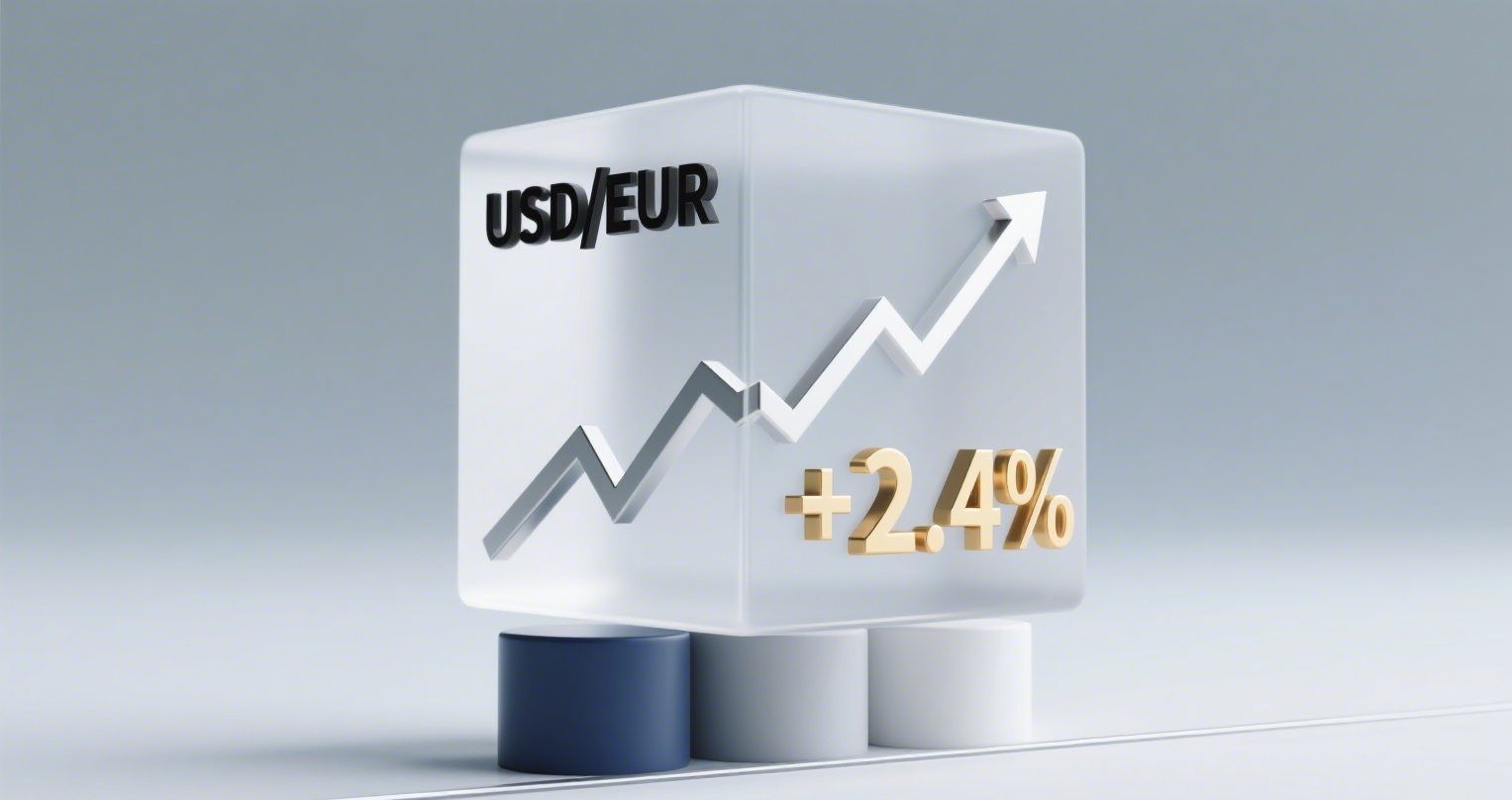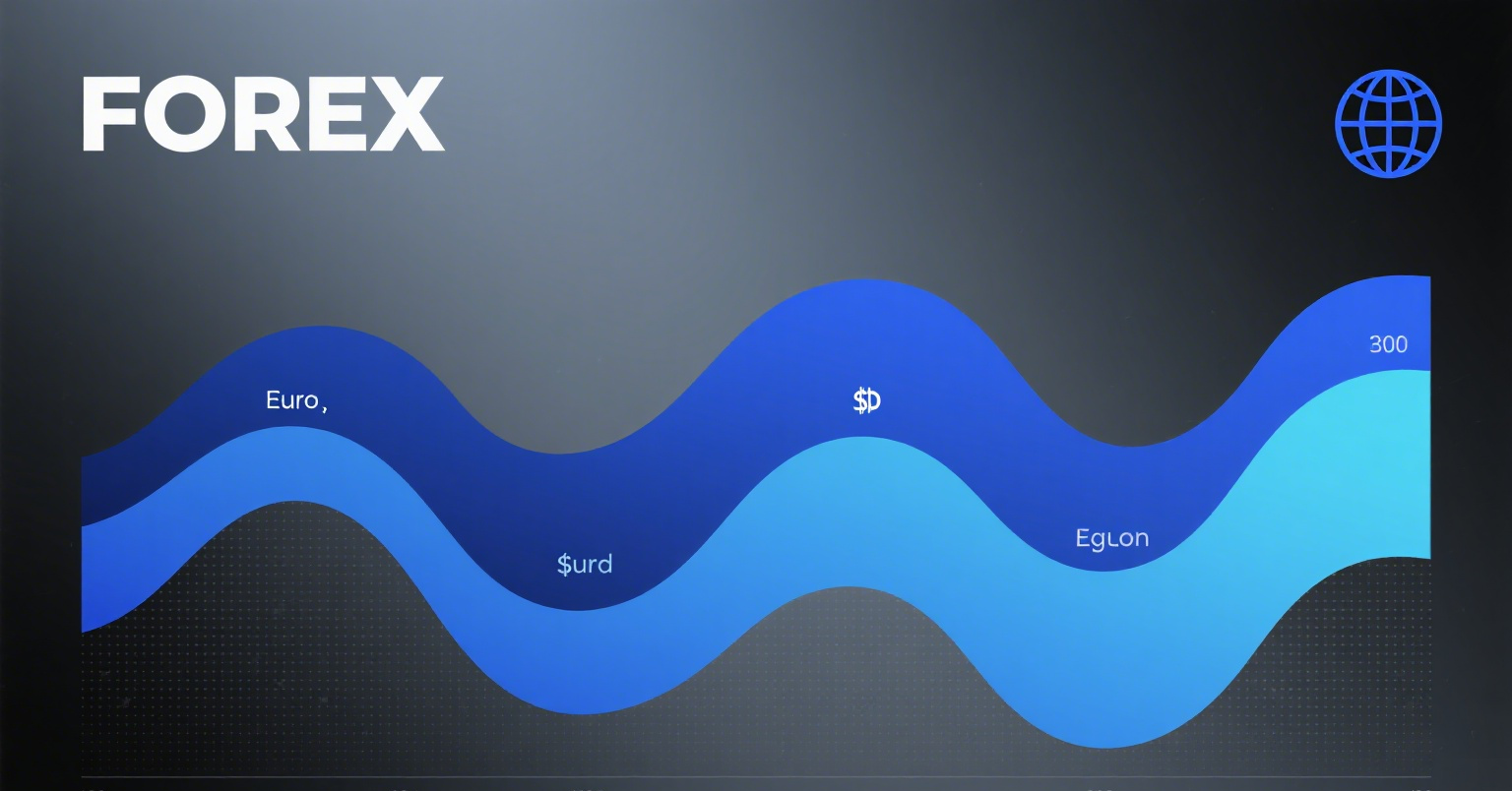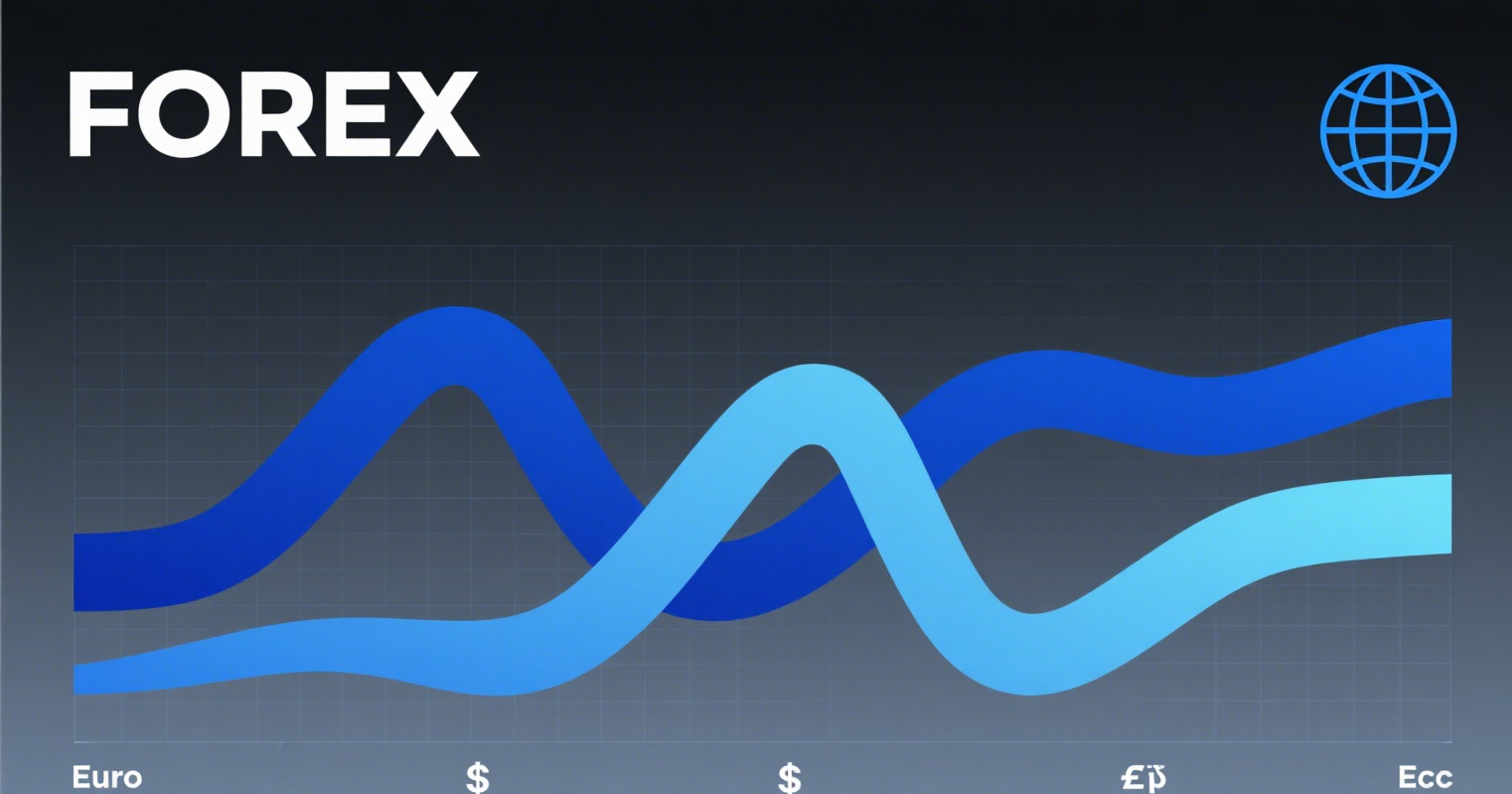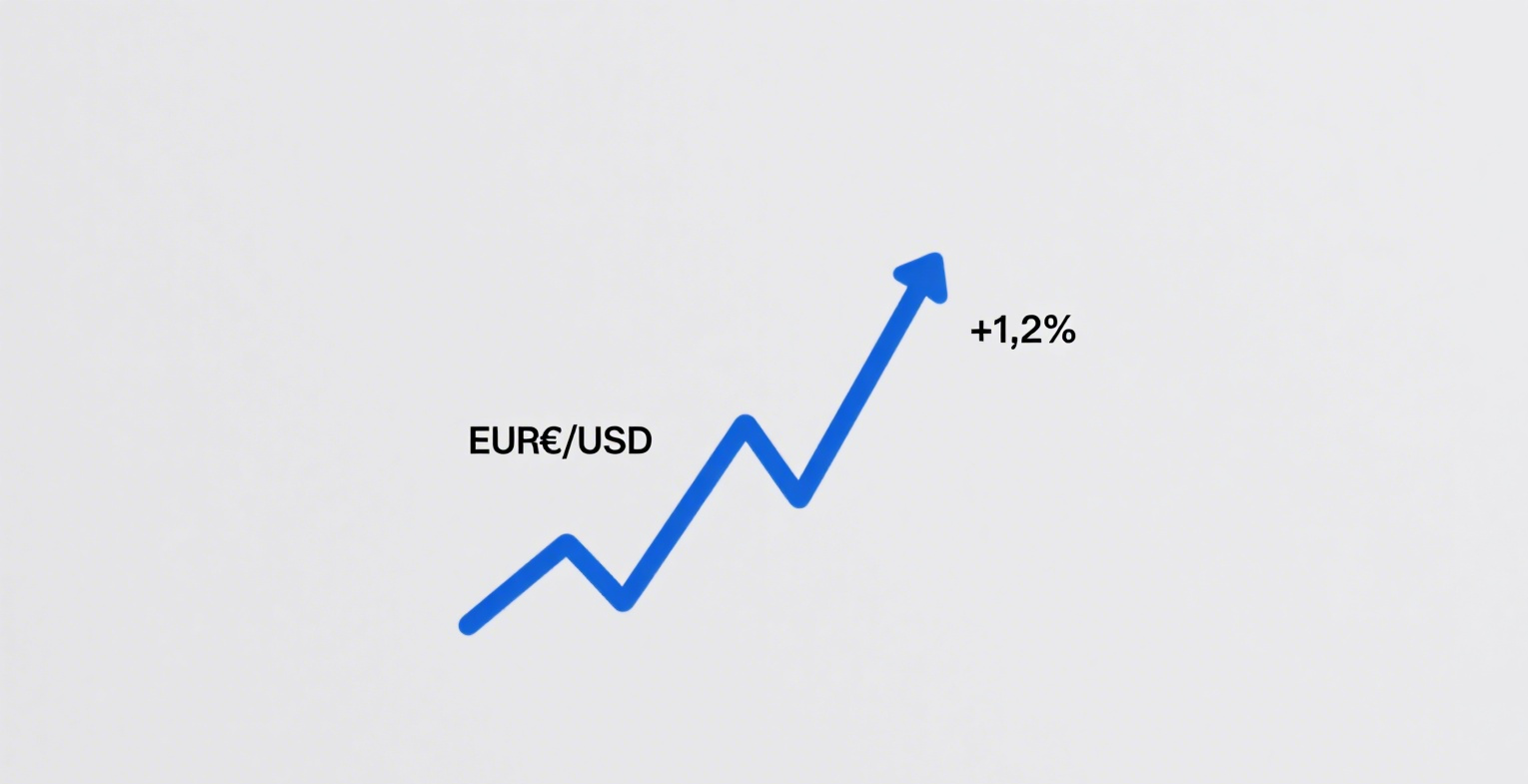
Why Doesn’t Buffett Like Bonds?
Investors familiar with the "Oracle of Omaha," Warren Buffett, know that this greatest investor of all time generally dislikes bond investments. Moreover, Buffett does not hide his disdain for bonds as an asset class.
In many popular investment theories, "maintaining balanced asset allocation" and "balancing stocks and bonds" seem unavoidable topics. However, Buffett has never agreed with this approach.
In a 2011 interview with CNBC, Buffett expressed his views on bonds as follows:
"I don’t like short-term bonds, and I don’t like long-term bonds either. If you want me to elaborate, I don’t like medium-term bonds either. I just think that, at such low interest rates, putting money into a fixed-return investment is an absolutely terrible mistake."
So, why doesn’t Buffett like bonds? The reason is simple: the long-term return on bonds is usually too low.
Buffett’s investment career has seen an average annual compound growth rate (CAGR) of around 20%. In contrast, bond returns have almost always been far lower than this figure.
If we look at risk-free or low-risk long-term bonds, their yields have mostly been below 5%. Short-term bonds are even worse, with yields significantly lower than long-term bonds.
The 5% figure mentioned above was already a relatively high historical bond yield. In low-interest-rate environments, long-term bond yields have even fallen to 2% or lower.
Of course, some risky or even high-risk bonds (including junk bonds) offer higher yields. However, these higher returns come at the cost of default risk. In other words, after accounting for the risk discount of bond defaults, the effective yield is still not attractive.
Given this logic, it’s clear why Buffett dislikes bonds. For someone who has achieved a 20% long-term return, it’s hard to find bonds appealing.
Most of the time, every dollar Buffett invests in bonds drags down his overall investment returns.
Of course, there are exceptions. Some investors might ask, "You say Buffett doesn’t like bonds, but why did he buy a lot of short-term U.S. bonds in 2024-2025?"
The answer is simple: Buffett usually avoids bonds because their returns are too low. However, in 2024-2025, the situation changed.
First, by this time, Buffett had so much capital that his average returns began to decline.
According to Berkshire Hathaway’s 2024 annual report, the company’s tax payments alone accounted for 5% of all corporate taxes in the U.S. With such a massive scale, generating outsized investment returns became extremely difficult.
In fact, if we examine Buffett’s returns, his career CAGR is around 20%, but this wasn’t evenly distributed.
Early in his career, when his capital was smaller (before Berkshire Hathaway became his primary investment vehicle), his returns exceeded 30%. Later, they dropped to around 10%. The main reason was Berkshire’s enormous size, making it hard for Buffett to find enough high-quality investments.
Second, in 2024-2025, U.S. stock valuations were extremely high—the peak of a bull market.
Finally, during this period, short-term U.S. Treasury yields rose due to persistent high inflation and the Federal Reserve’s tight monetary policy.
Under these three factors, bonds suddenly became a viable option for Buffett’s massive portfolio. Thus, the pragmatic Buffett bought some bonds—which is not surprising.
However, for investors emulating Buffett’s strategy, the key is to learn the essence of his approach, not just mimic his actions.
In other words, Buffett’s bond purchases in 2024-2025 were driven by three factors: declining returns due to scale, a stock market bubble, and high bond yields.
This does not mean bonds are inherently good investments. Absent these three conditions, investors should adopt Buffett’s underlying rationale—avoiding bonds—rather than copying his occasional bond purchases.
So, what about the increased short-term portfolio volatility from not holding bonds?
Many theories advocate "stock-bond balance" as a way to reduce short-term volatility and make portfolios appear "safer."
However, this "safety" only refers to smaller price fluctuations, not true asset safety—there’s a fundamental difference.
Moreover, buying bonds to reduce volatility comes at the cost of lower long-term returns—bond performance is mediocre at best. Thus, for some investors, allocating to bonds solely to minimize volatility is unwise.







